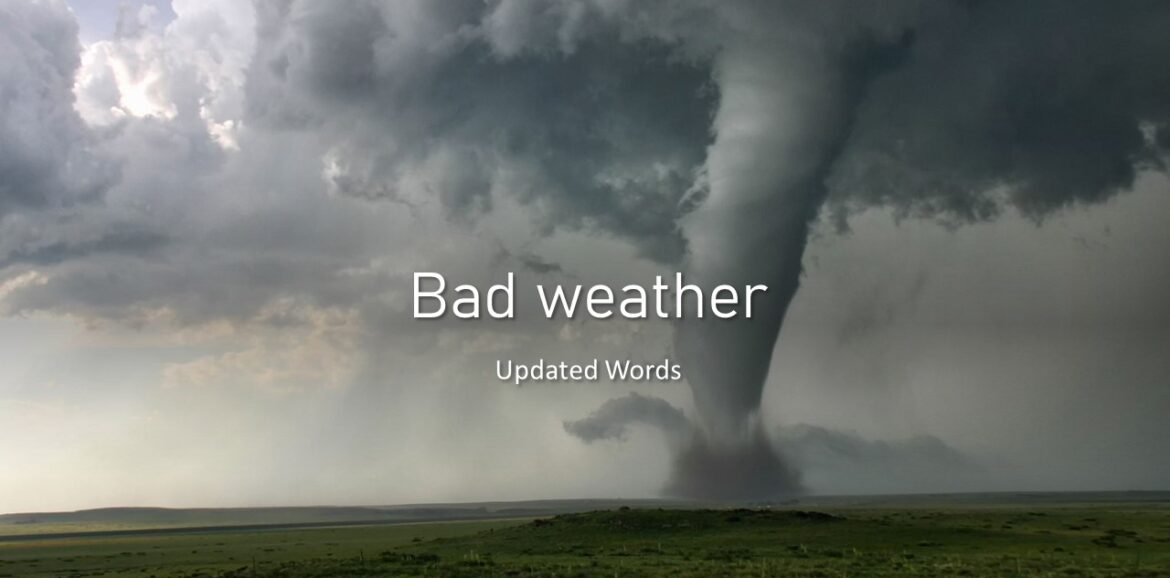Bad weather can be aviation’s worst nightmare. At cruise altitude, planes can fly above storm clouds and deviate from them to avoid problems. They are well equipped with radar and they have air traffic controllers who can help them fly safely and get to their destination without major issues. In some cases, passengers may feel a little turbulence but nothing serious and they make it to their destination on time.
When they take off or land these storms can be an absolute nightmare. Severe storms can force an airport to stop all flights from taking off or landing. This can cause massive problems and have a flow-on effect that can linger for days. Sydney Airport is often affected by storms. Sometimes it may just be for a few hours or less than that and traffic can recover, but sometimes it may take longer than that leading to flight cancellations, misplaced planes and disgruntled passengers. It is a nightmare for all involved.
Strong winds, microbursts and severe storm cells
Although the wind is important for planes to take off and land, crosswinds and gale-force winds are destructive and of course can affect planes as well. Another very common phenomenon, especially in Sydney is microbursts. According to an ABC article, that took information from the Australian Bureau of Meteorology (BOM), microbursts are a smaller downburst. A downburst is described by the BOM as a violent and damaging downdraught that strikes the surface of the Earth violently. This is usually associated with severe thunderstorms. Microbursts are small downbursts that can be very dangerous to aviation. When such a phenomenon occurs airports usually close and flights are delayed or cancelled.
Delays and cancellations
No one wants to have their flight cancelled or delayed. Usually, severe storms last only an hour or so, and flights can resume after that. However, strong winds can be around for longer and that will cause a much bigger problem.
If an airport is closed due to bad weather for a longer period, that will have a flow-on effect not only on the flights that take off and land at that particular airport and even on others. If there is bad weather and a plane cannot land at its scheduled destination, it will have to be diverted to another airport. This is an extra cost for the airline and a massive inconvenience for all parties involved. The passengers will end up in the wrong destination, if they had connection flights to go to it’s even worse, the airline has a misplaced plane that needs to get back to its destination and proceed and the crews might be at the end of their allowed flying time, meaning a new crew needs to replace them. All of this has extra costs for the airline.
This is why, sometimes you still have delays or cancellations one or two days after the weather event. The plane might be in the wrong location and need to be relocated and a slot for those flights allocated.
This is a situation that does not favour anyone and in fact, means a huge cost for airlines. Passengers are usually frustrated and upset when these events happen on school holidays, but the reality is that you can’t control the weather and you don’t choose when a storm is going to hit. It is true that some airlines may handle the situation better than others but most of them will be as stressed as you are because of it. I think the best option is to understand that these weather events can happen at any time and think that our safety is the most important thing of all.

